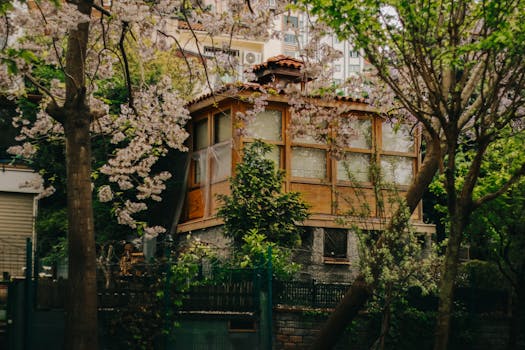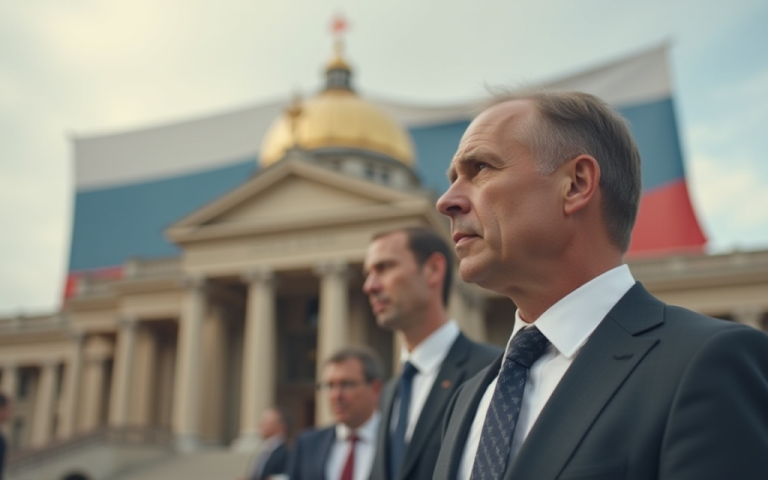
Urban Green Spaces: The Future of Outdoor Living in European Cities by 2025
Introduction to Urban Green Spaces
Urban Green Spaces are areas of greenery in urban environments, such as parks, gardens, and green roofs. These spaces are crucial for the well-being of city dwellers and play a significant role in mitigating the effects of climate change. As we approach 2025, it is essential to consider the future of outdoor living in European cities and the impact of urban green spaces on the quality of life.
Urban Green Spaces are not just limited to aesthetic appeal; they also provide numerous benefits, including improved air quality, noise reduction, and increased biodiversity. Moreover, these spaces serve as community hubs, fostering social connections and a sense of belonging among residents.
The Importance of Urban Green Spaces in European Cities
European cities are among the most densely populated in the world, and the demand for green spaces is on the rise. Urban Green Spaces are essential for maintaining the physical and mental health of city dwellers. Studies have shown that living in close proximity to green spaces can reduce stress levels, improve cognitive function, and even lower the risk of chronic diseases.
In addition to the health benefits, Urban Green Spaces also contribute to the economic growth of cities. Green spaces can increase property values, attract tourism, and support local businesses. Furthermore, they provide opportunities for recreation, education, and community engagement, making them an essential component of urban planning.
Challenges and Opportunities for Urban Green Spaces
Despite the numerous benefits of Urban Green Spaces, there are several challenges that need to be addressed. One of the primary concerns is the limited availability of land in urban areas, making it difficult to create new green spaces. Additionally, the maintenance and upkeep of existing green spaces can be costly and require significant resources.
However, there are also opportunities for innovation and growth in the realm of Urban Green Spaces. The use of technology, such as green roofs and walls, can help to increase the amount of greenery in urban areas. Moreover, community-led initiatives and partnerships between public and private organizations can help to promote the development and maintenance of Urban Green Spaces.
Case Studies: Successful Urban Green Space Initiatives in European Cities
Several European cities have successfully implemented Urban Green Space initiatives, showcasing the potential for these spaces to transform the quality of life in urban areas. For example, the city of Copenhagen has implemented a comprehensive green roof policy, resulting in over 60% of the city’s roofs being covered in greenery.
In Barcelona, the city has launched a series of urban gardens and green spaces, providing residents with access to fresh produce and community areas. Similarly, in Amsterdam, the city has implemented a green infrastructure plan, which includes the creation of green roofs, walls, and urban parks.
Conclusion: The Future of Urban Green Spaces in European Cities
In conclusion, Urban Green Spaces are a vital component of outdoor living in European cities, providing numerous benefits for the environment, health, and economy. As we approach 2025, it is essential to prioritize the development and maintenance of these spaces, addressing the challenges and seizing the opportunities for innovation and growth.
By investing in Urban Green Spaces, European cities can create sustainable, livable, and thriving environments, enhancing the quality of life for residents and contributing to a healthier and more resilient future.





